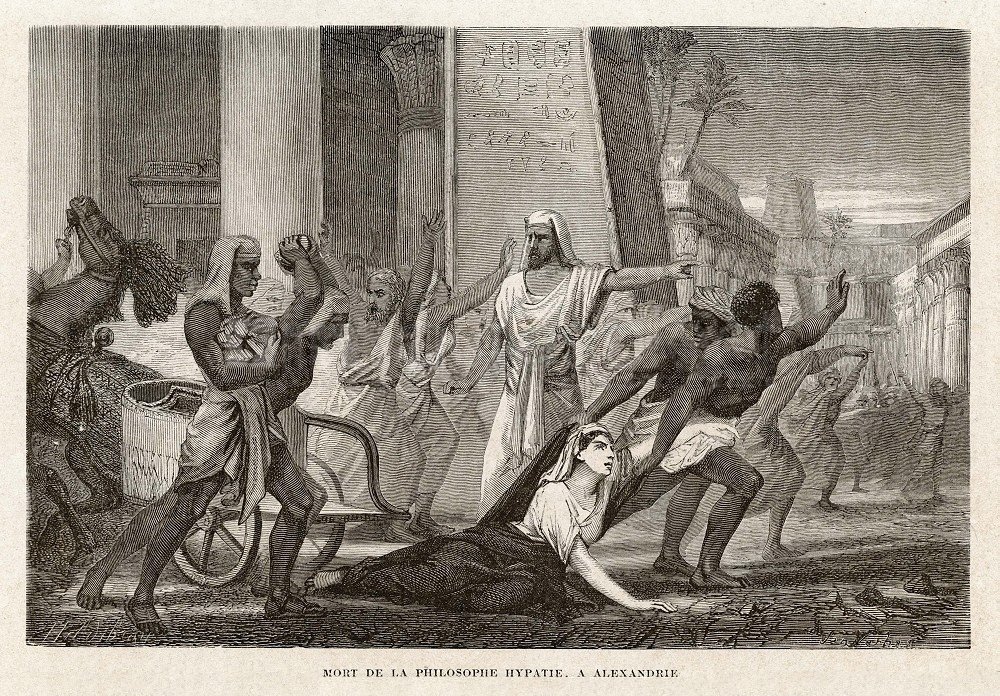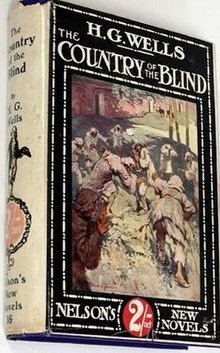Labyrinth’s Archivist Research (Book Secrets): Hypatia
Notes from my time writing “ The Labyrinth’s Archivist ” and fun tidbits.
Remember when I said that the Great Archive in the Labyrinth’s Archivist grew out of the Great Library of Alexandria? Here is one very concrete example to show that this wasn’t just via inspiration.
Yes, the Library of Alexandria inspired the Great Archive but I wanted to hint at a more concrete connection. That hint came in the form of Azulea’s mother’s name – Hypatia.
Hypatia really existed. She was an astronomer, mathematician, philosopher, and teacher at one of the foremost schools of thought in Alexandria. Now the Library of Alexandria was long gone in her lifetime. She lived in about 400 CE, the Library began dying in about 145 BCE and by 270-ish CE there was almost no mention of it in history. However, because of popularity at the time in history, her influence of students, philosophers, and thinkers, and because of her writings on mathematics and astronomy she’s often associated with the Library of Alexandria.
In our history, because of tensions between Christians and Pagans and a political power struggle, she was the victim of a smear campaign and derided as a witch. She was well respected throughout the city of Alexandria and known as a wise counselor. But so overwhelming was this political campaign (one side was trying to get to the other by denigrating her) that she was attacked by a mob of Christians and torn to pieces. It sent shockwaves through the city and actually throughout the entire region. Historically, philosophers and thinkers were considered sacrosanct and were usually not harmed by the many riots and fights that broke out in the cities of the time.
By naming Azulea’s mother Hypatia, I wanted to hint at some connection between our world (and its scholars and thinkers) and hers? Did the Shining City take in refugees from the burning of the Library of Alexandria? Did students of “our” Hypatia make it across the Labyrinth through the Hall of Gates at the Great Archive? Maybe our world and the world of the book are a lot more connected than we think.
-

Illustration by Louis Figuier from 1866, representing the author’s imagining of the assault against Hypatia


